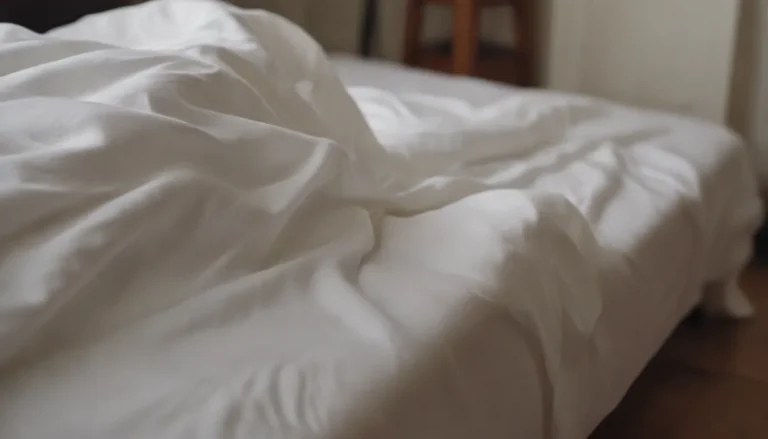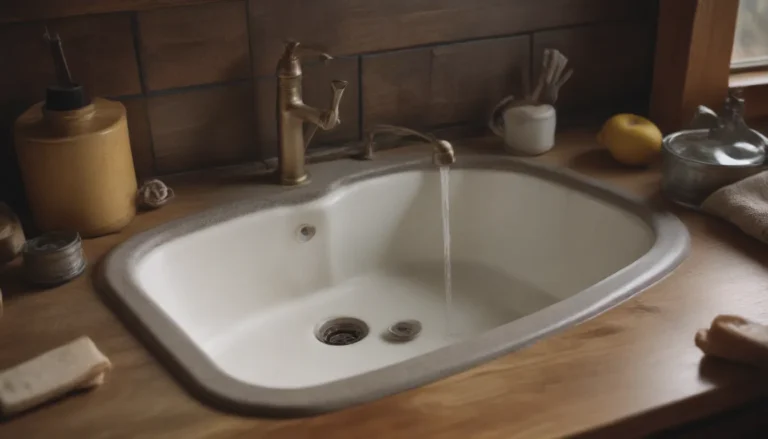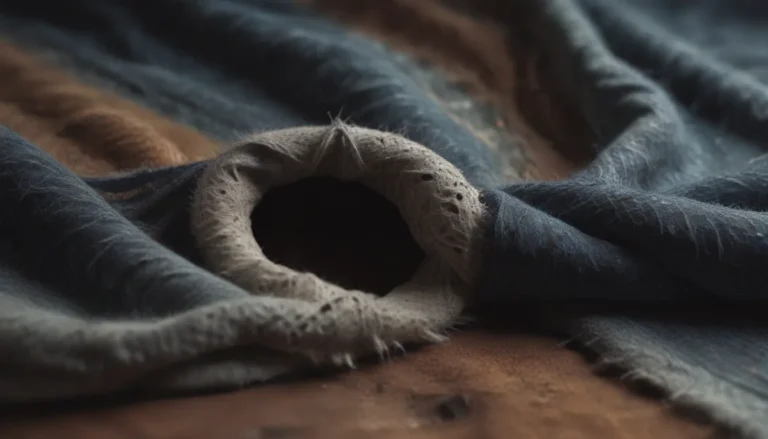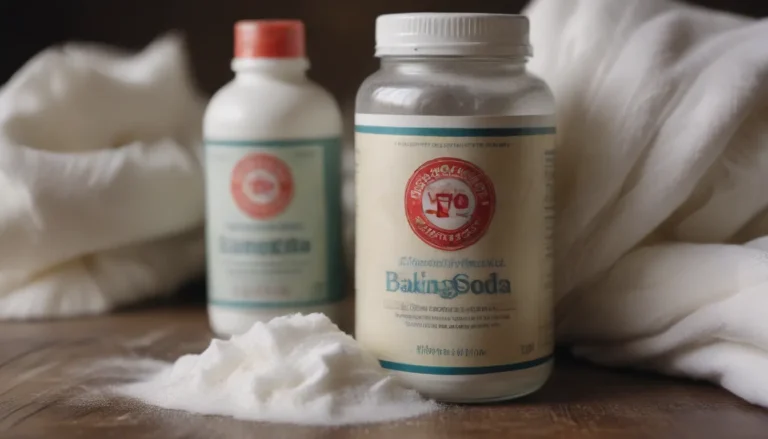Ultimate Guide to Identifying and Dealing with Snake Holes in Your Yard
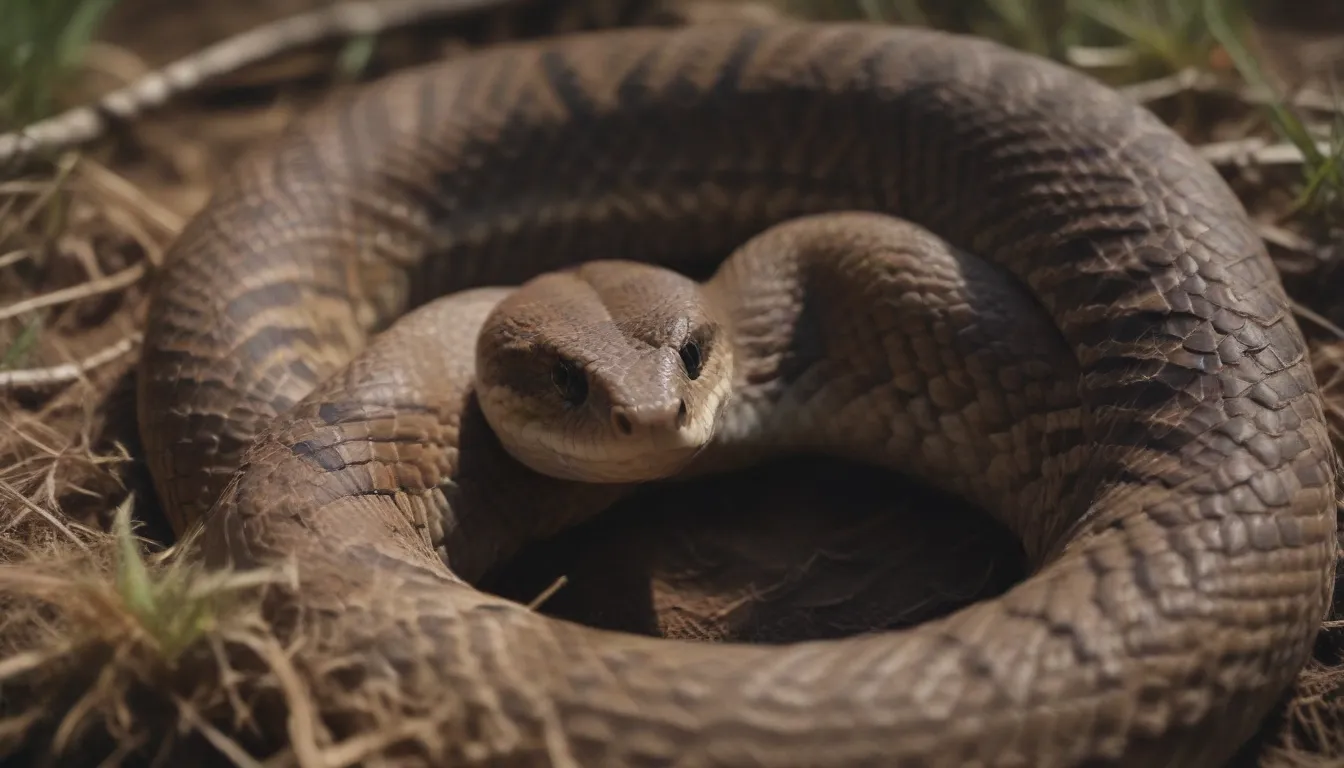
As warm weather approaches, our backyards become bustling with life. From chirping birds to buzzing insects, there’s always something to see. However, one sight that might send shivers down your spine is the appearance of small holes in the ground. While some may be harmless, others could be home to snakes. In this comprehensive guide, we’ll dive into everything you need to know about snake holes in your yard and what you can do about them.
Understanding Snake Holes: What to Look For
Unlike other animals, snakes don’t actually dig their own holes. Instead, they repurpose abandoned burrows dug by rodents, insects, or even turtles. This means that snake holes can vary in size and shape, depending on the original digger. Here’s what to look for when trying to identify a snake hole:
- Size and Shape: Snake holes can range from small and round to larger and jagged.
- Signs of Snake Presence: Keep an eye out for discarded snake skins or feces, which resemble thick brown liquid with a chalky white end.
Differentiating Snake Holes from Rodent Holes
While a snake hole may have once been a rodent burrow, there are key differences to look out for:
- Snake Skin: If you find shed snake skin near the hole, it’s likely a snake’s dwelling.
- Snake Feces: Pay attention to any snake feces around the hole, indicating recent snake activity.
- Signs of Digging: Snakes may leave traces of digging if they are actively using the hole.
Common Snakes Found in North America
Before panicking about a snake hole in your yard, it’s helpful to know which snake species are common in North America. Most snakes encountered in residential areas are non-venomous and play an important role in controlling pest populations. Here are some common snakes you may come across:
- Rat Snakes
- Garter Snakes
- King Snakes
- Milk Snakes
- Corn Snakes
- Cottonmouth Snakes (venomous)
- Copperhead Snakes (venomous)
- Rattlesnakes (venomous)
Dealing with Snake Holes: What to Do Next
If you’ve confirmed that the hole in your yard is indeed a snake hole, here are some steps you can take:
- Leave Them Be: In many cases, snakes will move on without any human intervention. It’s best to observe from a distance.
- Fill Them Back In: If the hole poses a hazard or you’re concerned about safety, you can carefully fill it back in with soil.
- Cover Them: Placing a heavy object over the hole can discourage snakes from returning.
- Call a Professional: If you’re unsure about handling the situation, consider contacting a wildlife expert for assistance.
Preventing Snakes on Your Property
While it’s difficult to completely eradicate snakes from your yard, there are measures you can take to make your property less appealing to them:
- *Mow your lawn regularly to eliminate hiding spots.
- *Clear away brush, overgrowth, and piles of leaves where snakes may seek shelter.
- *Seal any openings or gaps in your home to prevent snakes from entering.
- *Keep bird feeders and pet food elevated to avoid attracting prey for snakes.
It’s important to remember that the vast majority of snake species are beneficial to the environment and pose no threat to humans. By understanding and respecting these creatures, we can coexist peacefully with wildlife in our own backyard.
In conclusion, snake holes may seem alarming at first, but with the right knowledge and approach, you can effectively manage them. Whether you choose to observe from a distance or seek professional help, your actions can help create a harmonious environment for both humans and snakes. So next time you spot a mysterious hole in your yard, take a moment to appreciate the intricate ecosystem that surrounds us.
